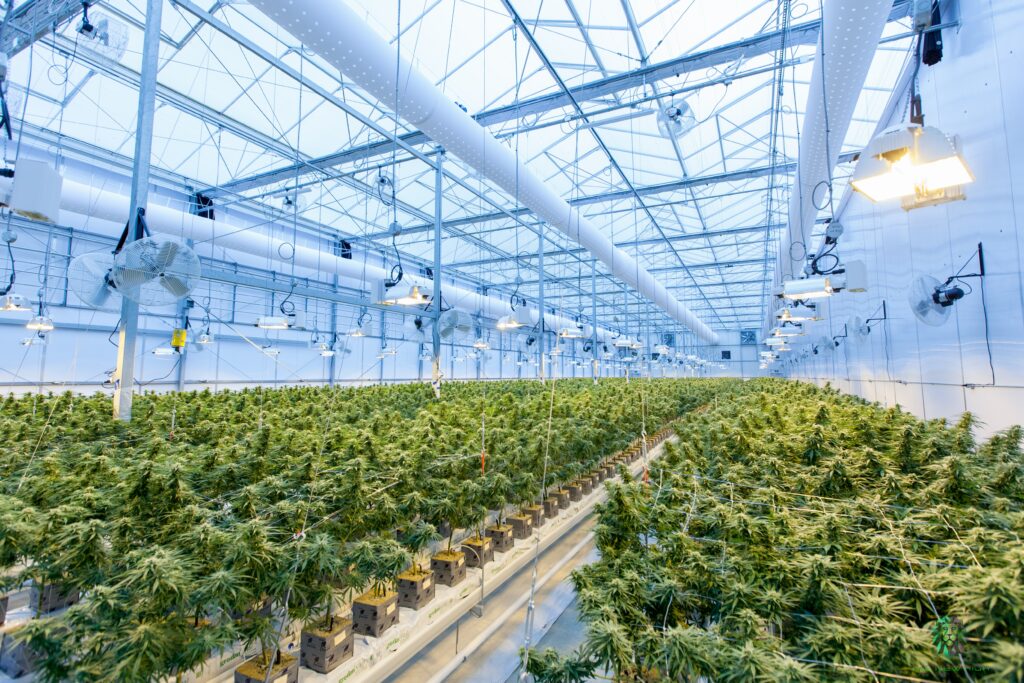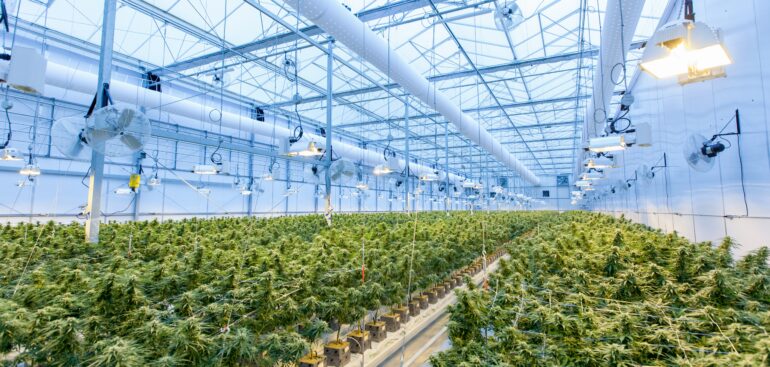Latest
Hemp Carbon Footprint
PanXchange Blog
Introduction
On March 8th, Colorado State University (CSU) researchers’ publishing on Nature Sustainability has made headlines all over the US hemp industry regarding the greenhouse gas emissions of indoor cannabis production. It’s essential to consider these findings in such a nascent market and ensure we continue to develop the hemp industry sustainably, especially when it comes to the discussion regarding carbon credits.

Hemp Carbon Emissions
According to the researchers, “growing one ounce of the crop is equivalent to burning up to 60 liters of petrol.” First of all, it’s important to distinguish that this is concerning indoor production only, not outdoors; however, it is still a significant number that the hemp industry must not overlook. Indoor production requires a lot of lighting, climate-controlled systems, and intensive technologies to circulate the air indoors.
Additionally, in July 2020, our team spoke with the Colorado Carbon Fund regarding hemp carbon credits, and they also relayed the importance to not look only at the plant itself. Specifically, for hemp to be considered in carbon sequestration programs, they insisted that the entire supply chain needs to play its part, from when and how it’s grown to where the final products end on the shelves.
Luckily, the CSU researchers didn’t leave it point-blank and instead provided a few steps to help indoor growers do their part in the fight against climate change. For example, in Colorado, if indoor cannabis growers change their lighting to LED lights and update their climate-controlled systems to work more efficiently, “facilities could eliminate 1.3% of the state’s entire CO2 emissions.” According to the Nature Sustainability report, California is considering proposing a law that “would require all indoor cultivation facilities to switch to light-emitting diode lights by 2023.”
Hemp Carbon Sequestration
Although there are a few tips for indoor growers to take into account and perform active steps towards their contribution to greenhouse emissions, ultimately, the most effective change is for growers to opt for only outdoor production. According to GoodEarth Resources in Australia, hemp is a pesticide-free cop that can absorb 22 tonnes of CO2 per one hectare of industrial hemp. Additionally, in comparison to trees, hemp grows quickly, allowing it to absorb CO2 emissions much faster.
One company that has taken hemp carbon sequestration by the horns is VepaDrentea, a dutch furniture maker who has come out with a line of hemp chairs that sequester more emissions than it releases. However, there are many challenges that they have had to confront to make the hemp chairs an emission sequestering product. For example, adding solar panels to the factory’s roof, ensuring all products are made in Holland, only using organic binding materials, and asking customers to return their hemp chairs to be recycled. All their standard fabrics are OEKO-TEX certified and/or provided with the European Ecolabel standards that demonstrate a product’s sustainability. Apart from these labels, they have also conducted independent LCA (life cycle analysis of life cycle assessment) that come and look at their production facilities, all the way to the end product and waste processing to ensure it meets environmental standards.
Conclusion
As the hemp industry continues to develop, it’s critical to consider the CSU researchers’ developments, especially as many in the hemp industry are looking to take proactive steps to ensure hemp can be considered for future carbon credit projects. Also, consumers are becoming increasingly aware of their role and are opting for environmentally conscious companies. A grower should have solid reasons for needing the energy-dependent indoor growing facility, such as a hyper-controlled environment for pharmaceutical-grade products. Currently, there is little to no regulation regarding cannabis indoor growth in the US, but policy work or independent labels and life cycle assessments could be critical for effective change.







